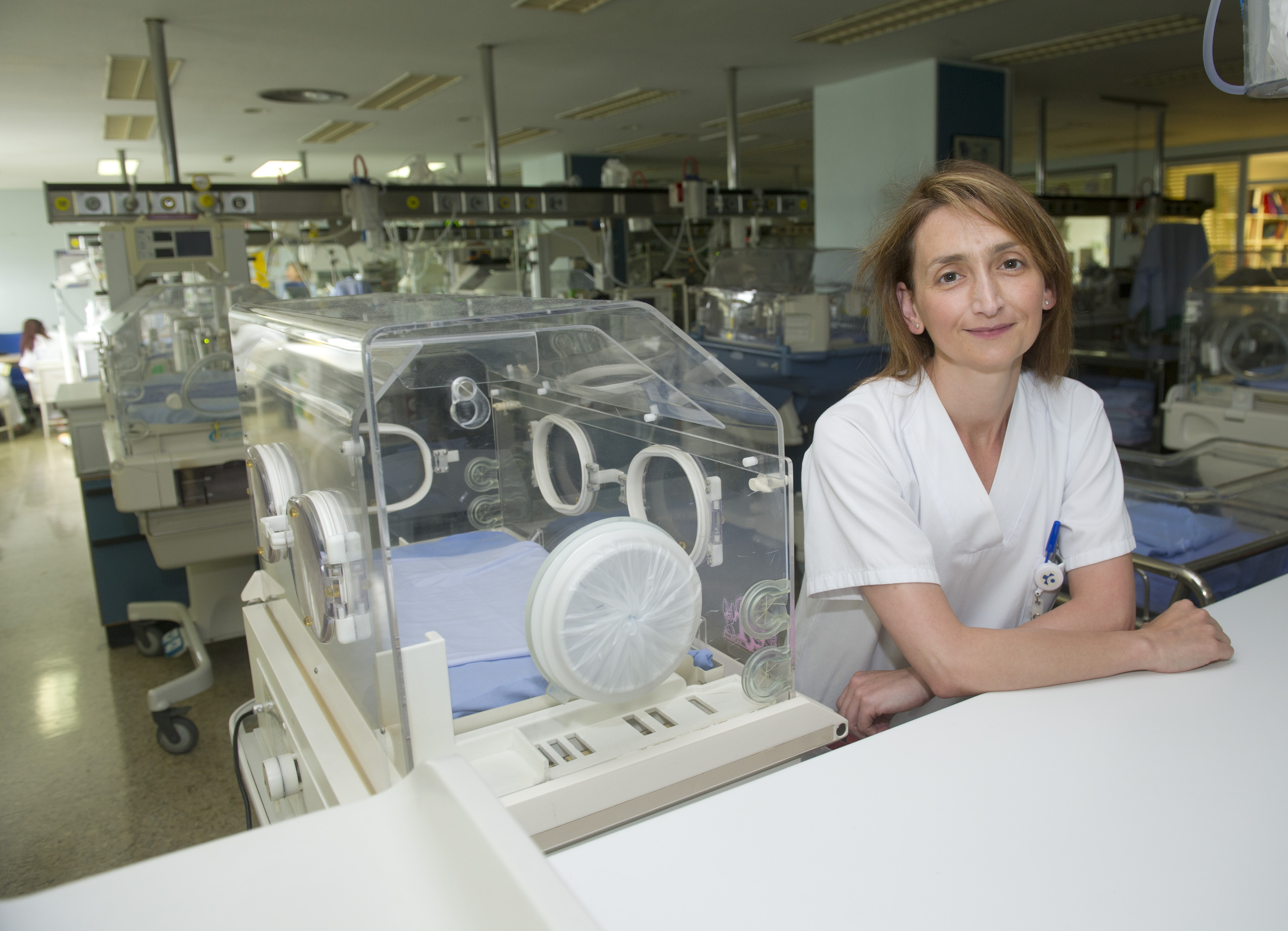In 25 years, cases of mother-to-child HIV transmission in Gipuzkoa have been reduced from 25% to 2%.
2013/11/30 Carton Virto, Eider - Elhuyar Zientzia Iturria: Elhuyar aldizkaria

Between 1984 and 2011 pediatric HIV infections in Gipuzkoa have been reduced by 10 times, from 23.9% to 2.4%. UPV-EHU researcher Miren Apilanez has analyzed the data on the vertical transmission between the hiv-infected mother and the baby, that is, the contagions that occur during pregnancy, childbirth or breastfeeding.
The study considered 239 children born in Gipuzkoa between 1984 and 2010: the mothers of all were infected with HIV, while the art of children became infected with virus 30 and 209 no.
The time interval analyzed by Apilanez covers practically the entire medical history of HIV, which is reflected very well in the evolution of infectious data.
High rates of infection occurred between 1984 and 1994, according to Apilanez, “a shortage of resources and without effective therapies.” However, that year there was a big change: The results of the ACTG076 protocol were published, which showed that the administration of TR antiretrovirals during pregnancy and childbirth limited vertical transmission, reducing contaminations from 23.9% to 8%. Treatment during pregnancy improves the mother's immunobirological state and reaches childbirth with an almost inappreciable viral load. Consequently, the risk of contagion is very low, since childbirth is the most serious moment “because the child is in contact with blood and vaginal secretions,” explains Apilanez.
The next effective reduction measure came in 1997, with the implementation in Gipuzkoa of a protocol for HIV testing for pregnant women and the introduction of a combined antiretroviral therapy. Since then, the extension of the screening guidelines and the treatment of HIV infection during pregnancy has allowed to reach 100% of therapeutic coverage, so in pregnant women the disease is detected early. Finally, the vertical transmission of HIV from mother to child has been reduced to 2.4%. However, Apilaniz stressed that they have not yet been able to prevent the transmission of the infection from the mother to the child and that “to be effective all measures must be met”.
Concern for recombined variants
Along with this good evolution, an article recently published by researchers at Lund University in Sweden shows that there are many reasons to remain concerned about HIV. The journal Journal of Infectious Diseases announces a variant of the very malignant virus. It arises from the recombination of the two most common variants of Guinea-Bissau and, among all those known so far, has the shortest time from infection to the development of the disease: Only 5 years.
Today, in West Africa alone, a new variant of the virus has been detected, but the researchers have expressed their concern because, as a result of global migration phenomena, recombined variants are more and more. They are usually more malignant than the originals, so we have to pay attention, according to the researchers, to the phenomenon of expansion and confusion that is happening with people.

Gai honi buruzko eduki gehiago
Elhuyarrek garatutako teknologia





